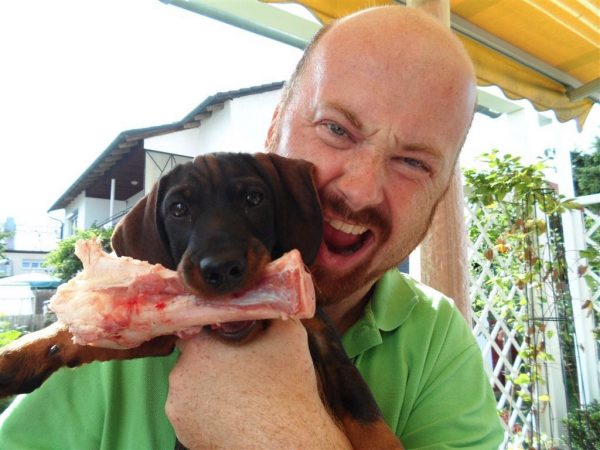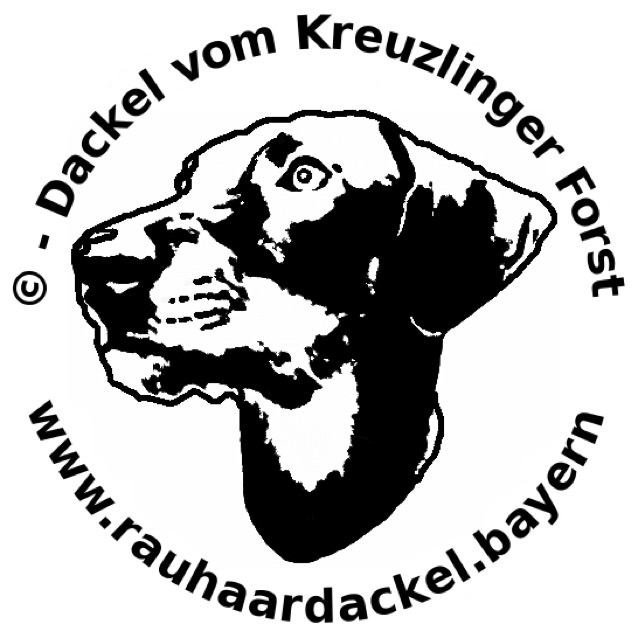There is an infinite amount to read about dog nutrition.
As a new dog owner you can easily feel overwhelmed.
Therefore we would like to share our experiences with the readers of this page.
First of all, the food industry gives you the choice of how you want to feed your dog – wet food, dry food or rather organic raw feeding.
No matter what you choose, it is important that the food is varied and contains all important vitamins and minerals. With industrial feed, everything important is already in. If you decide on organic raw feeding, it is important to have the dogs blood checked regularly for deficiency symptoms.
We have choosed a combination of wet and dry food. Fresh meat is available when there is a roast for the bipeds or when venison is brought home.
The dog is commonly known as a carnivore. But meat alone is not enough to feed it properly. Also the dog needs a portion of green stuff in its food. Approx. 2/3 meat, 1/3 vegetarian. Most hunters can confirm, how gladly the dog is, when it’s feed with the stomach contents of a freshly killed deer. So the wolf does it in nature. There everything is eaten. You can also often observe dogs eating grass. They do this because they instinctively know that it is good for their digestion.
Gustl already got his first solid food as a puppy from the breeder from the company ‚Vet-Concept‘. Since he tolerates these products very well, we stayed with this food.
Of the 11 wet food varieties on offer, he eats every variety with enthusiasm.
With the dry food we make sure that it is a variety with New Zealand green-lipped mussel. The green-lipped mussel is good for the joints, which is especially important for the dachshund. Salmon hemp oil is also good for the joints, but also for the coat and the skin.
To ensure the vegetable part of the food, we use the ‚Lunderland‘ vegetable mix flakes. These are very practicable in everyday life, because you spare the rubbing of vegetables.
In the meantime, we have also discovered the ‚Boos dog menus‘ from ‚Lunderland‘. These menus have a high meat content and are eaten enthusiastically, too.
The adult dogs are fed twice a day. In the morning wet food, in the evening dry food.
Gustl’s wet food mixture looks e.g. like this:
Per meal:
150 g wet food
15 g vegetable flakes, infused with approx. 80 g water
4 ml oil (salmon hemp oil in the morning, rapeseed oil in the evening)
1 tablespoon curd cheese or cottage cheese, if applicable
In addition, we weigh 50 g of treats (dry food) per day, which are not necessarily consumed.
So Gustl manages to keep his current weight of 9.3 kg well.
The bitch gets a slightly smaller portion.
Of course I would like to mention that our dachshunds also get fresh venison, beef, veal or lamb every now and then. That’s what we feed instead of the wet food.
Just ask the butcher you trust if he has something nice for the dog. Then you can get good crown meat, a calf’s tail, lamb bone or something similar (cartilage better than hard bones)!

